So, I got that wrong. As of Monday, we can travel to any yellow region. Doesn’t have to abut. The only orange regions (off limits) are Puglia, Basilicata, Calabria, Sicily, and Val d’Osta. And poor old Sardinia. What did they do wrong? They were the only region to be Bianca, just a few weeks ago. Now, they are the only Red Zone. It’s just hard to understand how this virus works.
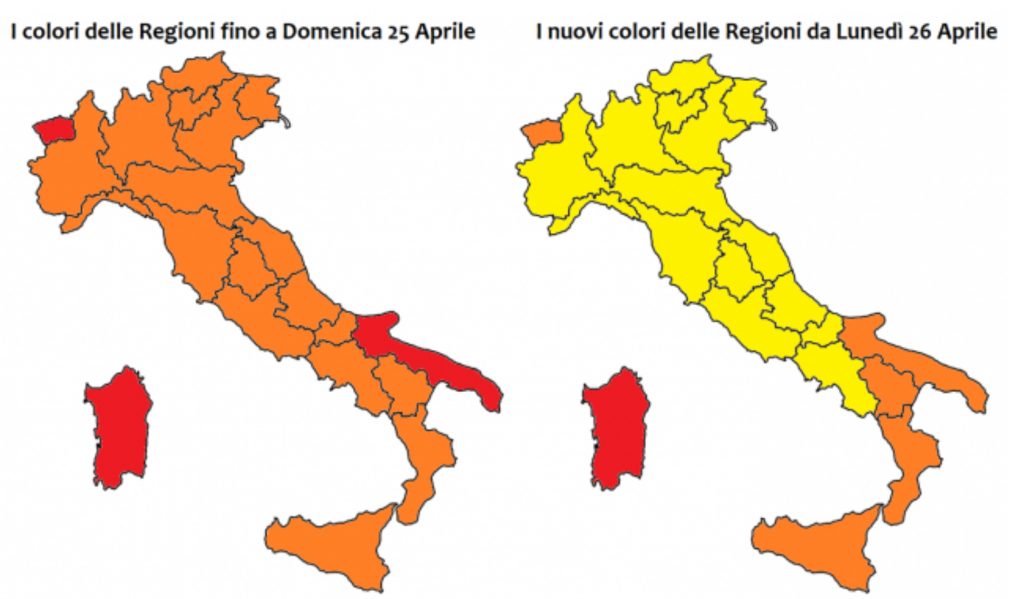
I was out at the market this morning. Beautiful sunshine. Everyone is in a jubilant mood anticipating next week. I ran into many friends. Everyone is looking forward to aperitivo on the Piazza next week. Let’s hope for nice weather. 🤞 Also, we will be going out to lunch on Thursday and Sunday, next. Indescribably excited.
~~~~~~~~
Pecorino DOP
I was talking to an American friend who lives in the US recently. She talked about making something in which I had used Pecorino cheese. She said she would get a different type of cheese for her version.. This made me remember that Pecorino in the US is generally one type of cheese….Pecorino. That is definitely not the case in Umbria.
Today, I bought a few of the different types of pecorino cheese to showcase here in the blog. Umbria is known for Pecorino, and pretty much ONLY Pecorino. It is ewe’s milk cheese and is slightly sour. But this gives it a bit of depth in comparison to cows milk cheeses. It is also made in uncountable ways. What we lack in variety in the type of cheese, we gain in the many ways the cheeses are made, flavored and aged. I decided today to just concentrate on the non-flavored cheeses. But there are truffled varieties, varieties aged in hay, in ashes, with pepper, etc. Next time I’ll talk about those.
Pecorino is one of Italy’s oldest cheeses, and over the centuries there have been very few changes in the way it is made. Over the course of 2000 years, cheesemaking traditions and techniques have been handed down orally.
The methods used to curdle the milk, break the curd, press, drain, scald and salt the cheese vary, depending on the type of Pecorino being produced. The best Pecorino is made between May and June, using the milk from sheep grazing on spring pastures. Pecorino can be either mild or aged. The mild variety should be consumed shortly after it is made, while the second is aged in a cool, fresh cellar with low ventilation, so that it matures fully.
Pecorino fresco is good in salads, and is perfect with a toasted Umbrian bread topped with extra virgin olive oil. The aged and semi aged cheese also pair well with Umbrian cured meats, and they go well with honey, and of course, with Umbrian wines.
Here are the few types I bought. They go from Pecorino Fresca (fresh), to semi stagionato (semi soft), semi-dura (aged and hard), and dura (aged longer and it is very hard). I think the cheese monger thought I was nuts although I did explain to her I was writing a blog about Pecorino. She was happy to sell it to me. And now we have tons of cheese to eat! 😐
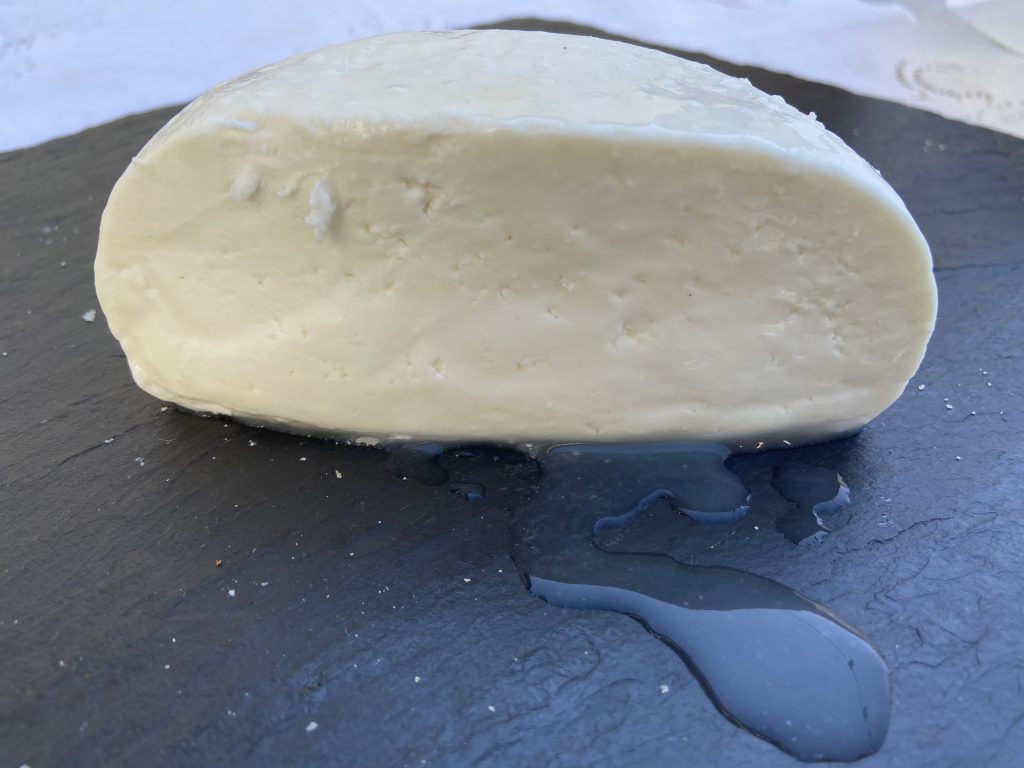
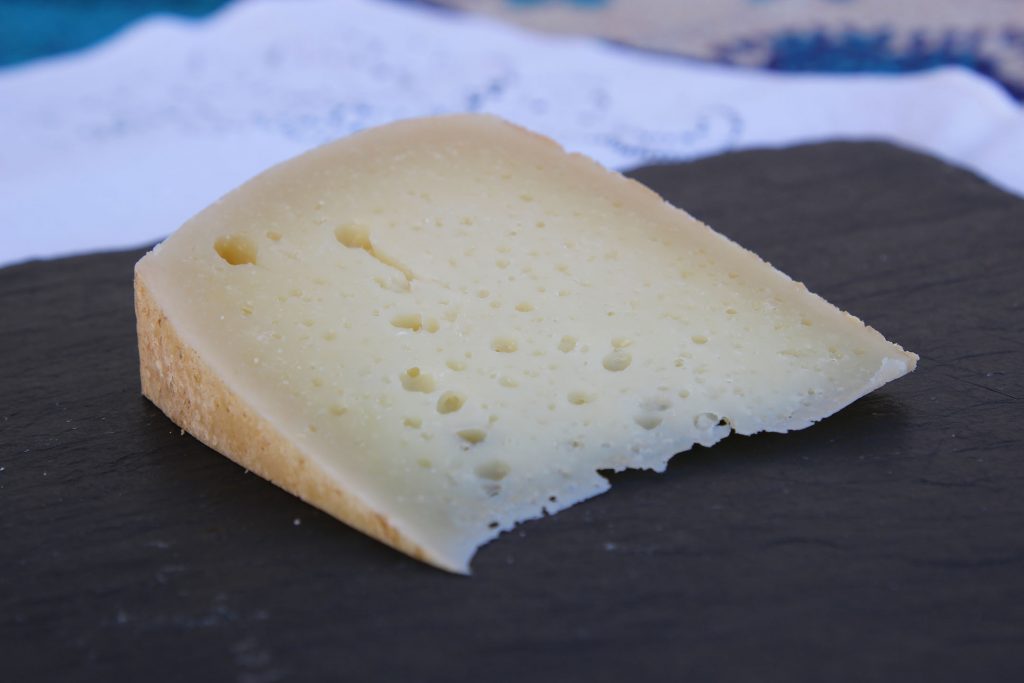
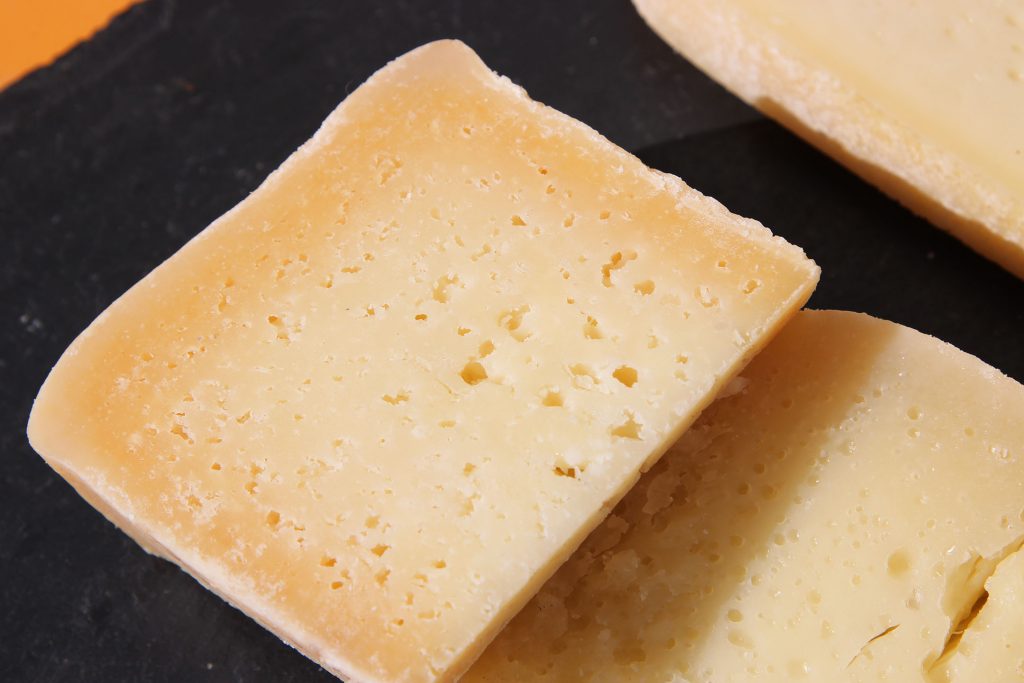
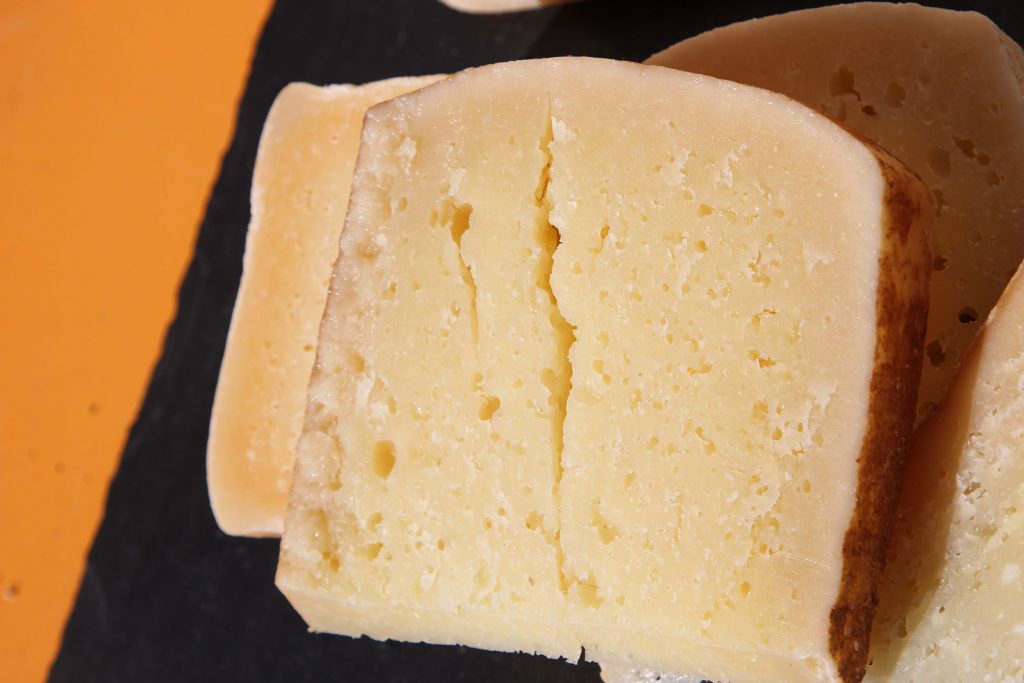
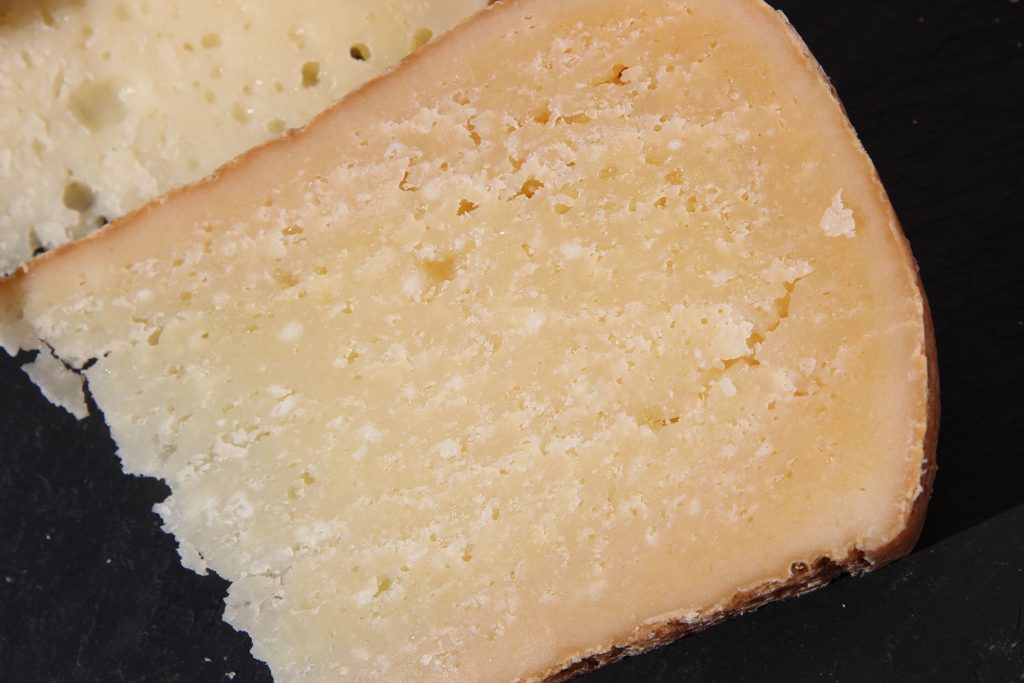
Italiano phrase, “Dopo pranzo è tempo di fare un pisolino” In English, “After lunch it’s time for a nap”. Dope-oh prahn-zo A tem-po dee fah-ray un piss-oh-lean-oh. I like the word pisolino 🙂
~~~~~~~~
Stay safe all! 🌈
